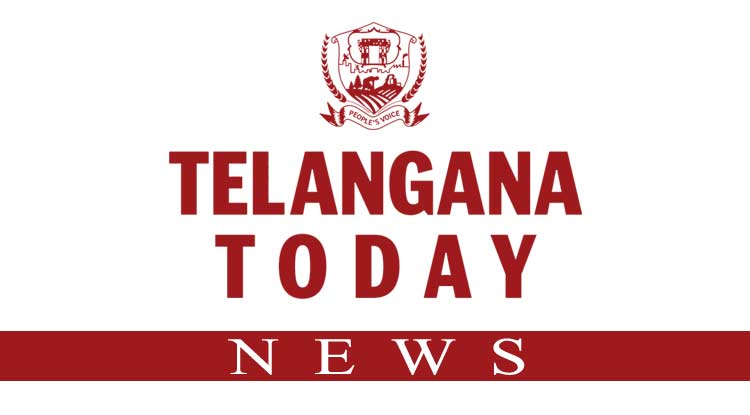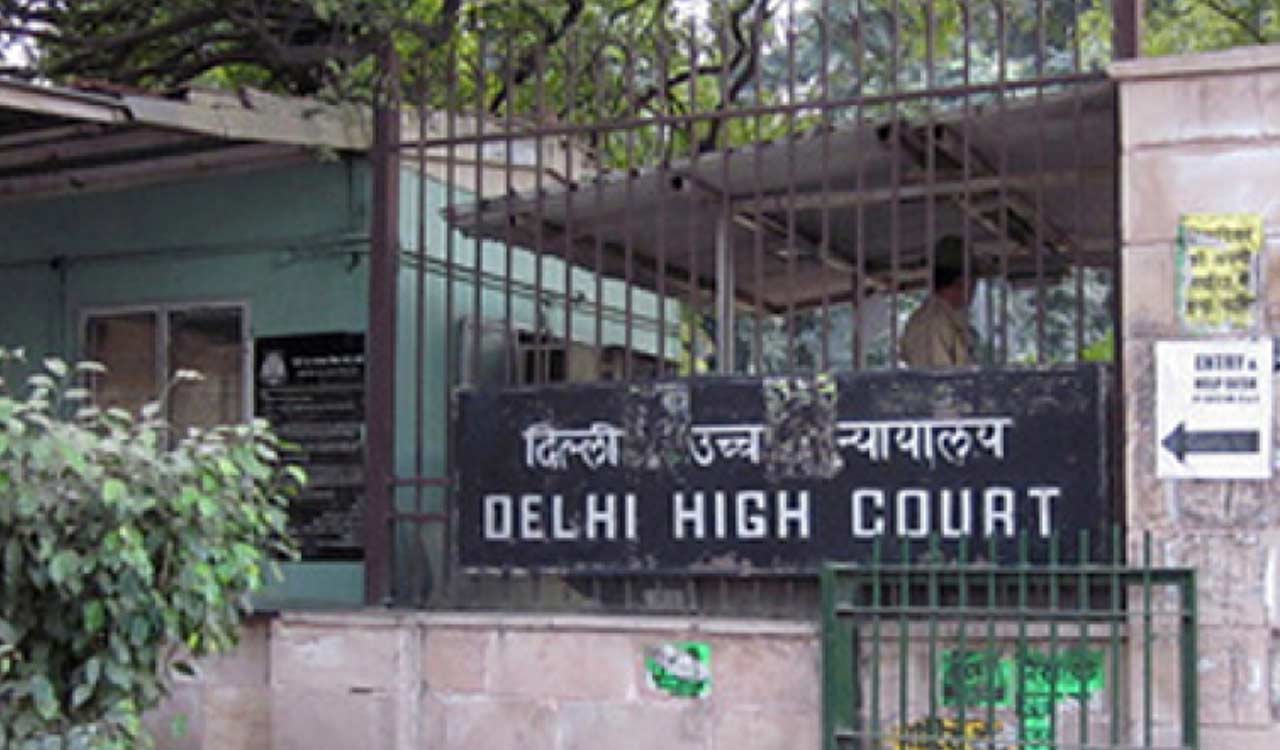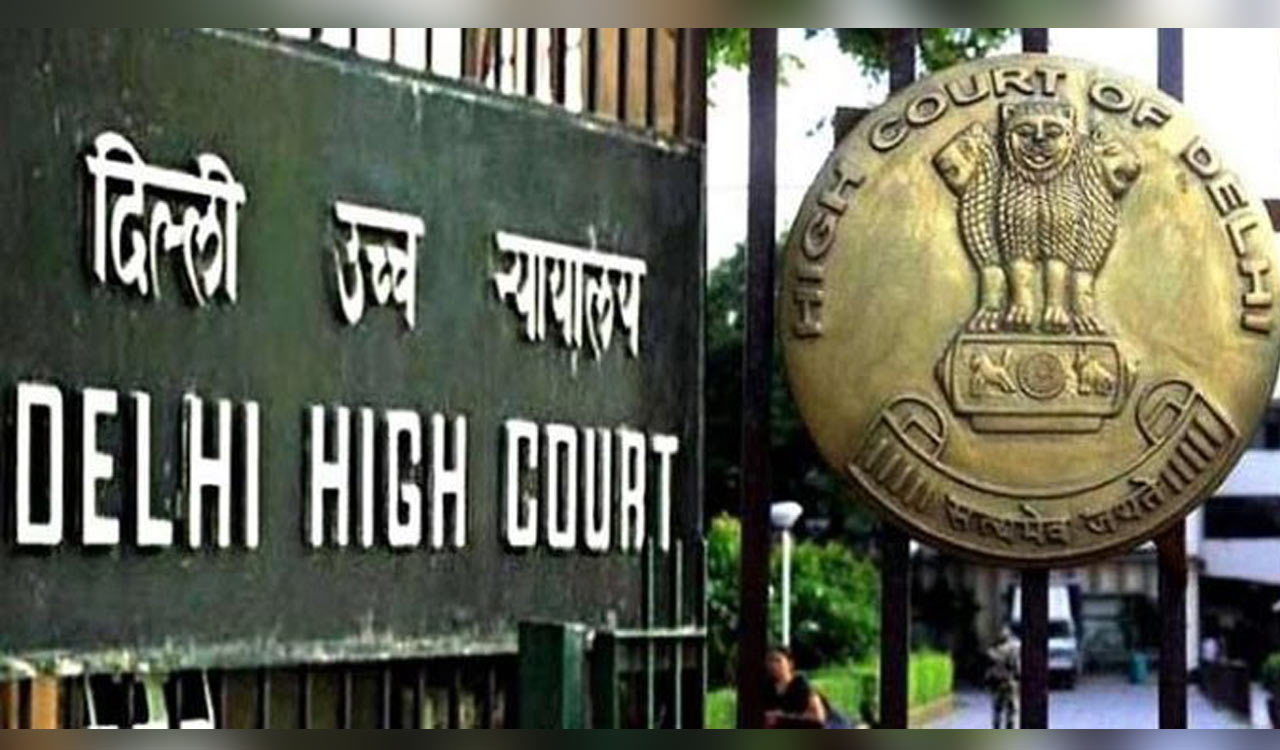Delhi HC orders IAF to appoint woman candidate in unfilled flying branch vacancy
The Delhi High Court directed the Indian Air Force to appoint a woman candidate against one of its 20 unfilled flying branch vacancies, ruling that vacancies not earmarked for women must be open to both genders, reinforcing gender neutrality in recruitment

New Delhi: The Delhi High Court has directed the Centre and the Indian Air Force to appoint a woman in one of its 20 unfilled flying branch vacancies, underscoring present times when a distinction could not be made between male and female candidates in the Indian Armed Forces.
The court was hearing a woman’s plea for filling up the 20 unfilled vacancies not earmarked for women candidates and her appointment in one of them. The petitioner said she was seventh in the merit list of women candidates after the two candidates appointed against the two earmarked vacancies.
A bench of Justices C Hari Shankar and Om Prakash Shukla noted that of the total of 92 vacancies, 70 were filled by male candidates, and two women were appointed in the vacancies earmarked for females.
“The respondents are directed to appoint the petitioner, forthwith, against one of the unfilled 20 Air Force (i) Flying vacancies relating to the examination notification dated May 17, 2023. She would be entitled to be treated at par, for all service benefits including seniority and other associated benefits, with the 70 male and 2 female candidates who have been selected and appointed,” the August 25 verdict said.
The Union Public Service Commission, which conducts the exam, in the May 17, 2023, recruitment notification advertised 92 vacancies for the Air Force flying branch, including two earmarked for women.
Two vacancies earmarked for women candidates were filled; of the 90 remaining vacancies, only 70 were filled by male candidates, leaving 20 vacancies unfilled. The high court refused to accept the contention of the authorities, which argued that the petitioner had full knowledge about only two seats had been reserved for women candidates.
Having failed to qualify on merit for the appointment against those two vacancies, they said, the woman couldn’t challenge the allocation of vacancies in the advertisement. “The construction being placed by the respondents on the stipulation in the examination notice, regarding the 90 vacancies which were not earmarked for female candidates, is, in our view, untenable. The notice does not state that 90 vacancies were reserved for male candidates and two were reserved for female candidates,” the bench held.
The verdict went on, “Indeed, were it so to State, the stipulation might have been vulnerable to challenge on the ground of being gender skewed. We are, mercifully, no longer in those times in which discrimination could be made between male and female candidates so far as entry into the Armed Forces – or, for that matter, anywhere else – is concerned (sic).”
The court said the only requirement for candidates who desired to be appointed as “Air Force (i) Flying” was the possession of a “Fit to Fly” certificate and the petitioner “unquestionably was in possession” of such a certificate.
The court said once it was held that the 90 vacancies that were not earmarked for female candidates were open to all candidates — both men and women — the “sequitur” or logical conclusion was obvious.
“Only 70 male candidates qualified. 20 vacancies are, therefore, going begging,” it added. While noting there was no dispute about the 20 vacancies not earmarked for female candidates remaining unfilled and the petitioner being 7th in the merit list of women candidates after the earmarked vacancies were filled by two women, the court found no basis not to appoint her against one of the remaining 20 vacancies.
Observing there were eligible female candidates and the authorities were not justified in keeping the 20 vacancies unfilled, the bench ruled they ought to fill the vacancies with female candidates lower in merit to the two candidates who were selected against the two earmarked vacancies.
“If, after appointing the successful women candidates against the remaining 20 vacancies, any vacancy remains unfilled, it would be open to the respondents to fill up those vacancies by any other mode of recruitment. That, however, is not an issue with which we are concerned,” the bench said.
The high court also referred to several Supreme Court verdicts on the aspect of gender neutrality and said it was not permissible for anyone to interpret or administer any stipulation, advertisement, or notification in a manner that would be “gender skewed”.
The distinction between male and female was stated to have been reduced to nothing more than a chance chromosomal circumstance in the present times. The bench said ascribing to it, any greater relevance, would be “illogical as well as anachronistic”.
It is time, to adopt a somewhat pedestrian adage, that one woke up and smelt the coffee, the verdict added.
Related News
-
Delhi HC asks J&K Deputy CM Choudhary to implead uploaders of objectionable content on social media
-
Tata Advanced Systems, Lockheed Martin announce new defence MRO facility for operations of C-130J in India
-
High Court rejects PIL seeking oversight of Red Fort terror trial
-
Opinion: Making access to knowledge a right — is banning shadow academic websites the solution?
-
Trump is moving closer to resolving Turkiye’s F-35 ban
40 seconds ago -
Archaeologists uncover intact section of ancient Jerusalem wall from Hanukkah era
8 mins ago -
Seven persons injured in leopard attack in Nagpur
14 mins ago -
Voter cards found dumped in West Bengal’s Nadia
24 mins ago -
Thrilled about data centre capacity coming up in India, discussed investments with PM Modi: Nadella
25 mins ago -
Deepavali added to UNESCO’s Intangible Cultural Heritage list
42 mins ago -
Will not tolerate murder politics, says KTR on Suryapet killing
55 mins ago -
Fire at Ameerpet coaching centre triggers panic; no casualties
56 mins ago




